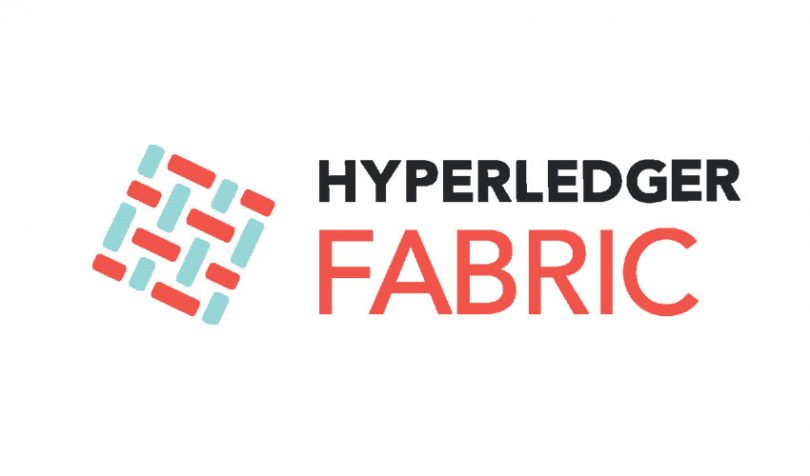Hyperledger has released version two of Hyperledger Fabric, one of the most popular enterprise blockchains. Some of the new features of the open source technology include giving consortium members greater control over code and transaction approvals, more granular control of privacy, and several performance optimizations.
When it comes to distributed ledger technology (DLT), most people are familiar with smart contracts that run the application code on a blockchain. In Hyperledger Fabric, to add smart contracts to a blockchain, they are packaged into “chaincode”. One of the features of consortia blockchains is that changes to a smart contract could impact your business. Hence corporates like to control how changes to blockchain code are made and the upgrade process.
In previous iterations, Hyperledger Fabric would let one company add or amend a smart contract, and the only control for other organizations was to refuse to install the chaincode, and hence not participate in transactions that used the smart contracts.
In the new version, there’s the option of sticking with the old methodology or using a more democratic or decentralized process. Hence, a certain number of organizations have to give the green light for the chaincode to go live.
The above description relates to approving new code added to a blockchain. But there’s a similar process to validate transactions. The new version can now deal with more complex situations. For example, each organization might have its own terms and conditions for a particular type of transaction. It’s capable of verifying that all these terms are met before committing a transaction.
Privacy has also received some enhancements. At a top-level Hyperledger Fabric’s privacy involves channels. Each channel is like a club that might have different types of members. For example, if there’s a buyer and supplier, they might share all the data, but the logistics partners may only have access to some of the data, and not the terms of the deal. These private data collections exist within a channel.
The private data isn’t stored on a blockchain. Only a fingerprint or hash of the data exists on the ledger.
The only problem with this methodology is it can be a little inflexible. As an example, perhaps the supplier wants to share the full data with a bank to get finance, but just for one invoice or transaction in the private collection, not all of it. The latest version has added greater flexibility for sharing private data with other members within the channel.
Hyperledger published a blog post about the changes as well as technical documentation.
The Hyperledger Global Forum takes place in March in Phoenix featuring numerous industry luminaries. Register by 18 February for a discount. Ledger Insights is a media partner.







